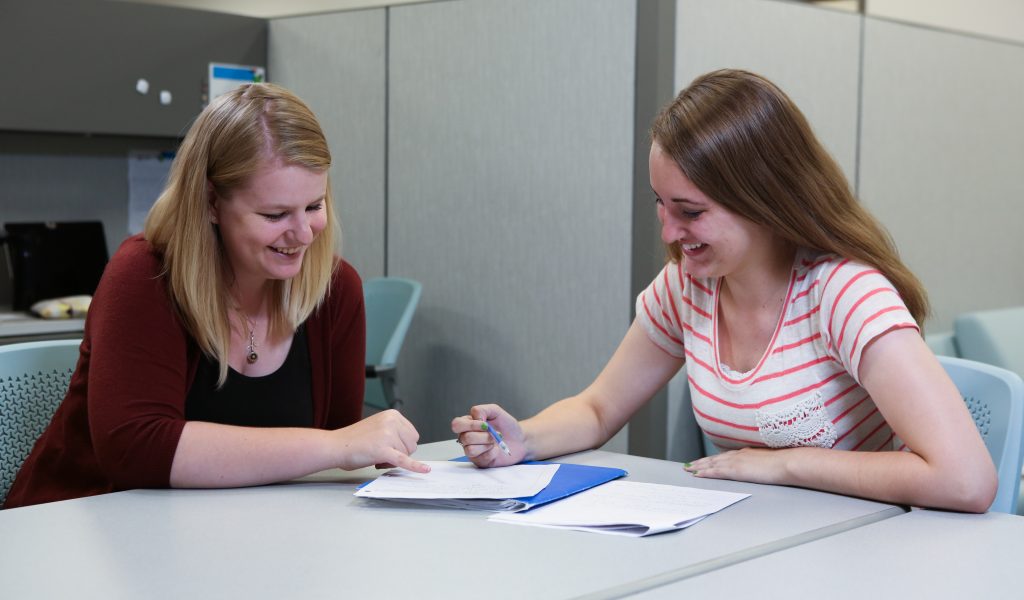With ever increasing crime shows and constant flashy media headlines about controversial cases, it’s easy for the public to get confused about forensic science. Misperceptions on how evidence analysis really takes place and is applied in a courtroom are common, and it’s not just the public who’s left with questions about what this field is all about, the scientific community is still learning too.
Before joining the CSAFE team, University of Virginia professor of statistics and mathematics Jeffrey Holt wasn’t familiar with the important role statistics had to play in forensic science. As he has learned from the CSAFE forensic science community, his perspective has evolved and so has his approach to teaching, leading to new opportunities for UVA students to learn about forensic science.
“One of the things I’ve learned from my work with CSAFE is how conclusions are drawn from forensic evidence. There is much less of a statistical basis than I had thought.”
What Holt discovered is that a lot of the decisions made to determine if a piece of evidence matches a suspect are based on expert experience.
“I think a lot of people would be surprised by that,” Holt said. “There are lots of highly talented people doing forensic work, but I had mistakenly assumed there were more statistical measures. You watch TV shows and they show this machine that’s matching fingerprints but the underlying statistical part does not seem to be fully developed and I just didn’t realize that.”
Holt’s newfound interest in exploring statistical applications of forensic evidence led him to believe that a student audience would also find the topic appealing due to the increased visibility from shows like CSI and the media. Ample experience in teaching and developing courses made Holt an ideal candidate to help CSAFE develop its educational component at UVA.
Holt and the UVA CSAFE team recently wrapped up a 2018 summer workshop in forensic science for undergraduate students, and a fall course is about to begin.
The hands-on workshop is designed to give statistics students exposure to forensic science research and the opportunity to develop open source materials that describe forensic evidence, what’s actually collected and how the analysis works.
“What I hope is that students have a better sense of what different types of evidence can tell us and what they can’t,” Holt said. “My goal is that students will take away both parts, what is done in practice as well as the limitations because there are many interesting challenges.”
Plans for a spring course intended to expose students with no experience in either statistics or forensic science to current practices in the field are underway. Holt’s vision is to recruit additional universities to implement similar opportunities for students by developing materials to share.
Learn more about how you can increase student engagement in your forensic statistics educational opportunities from strategies the CSAFE team is implementing, and as well other educational initiatives the center is involved in. Students interested in joining our team can visit our website education center.




